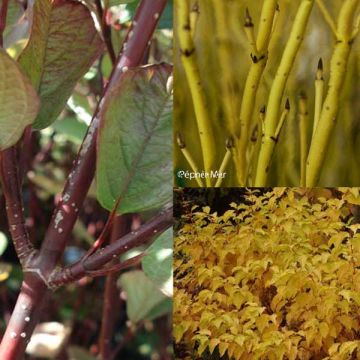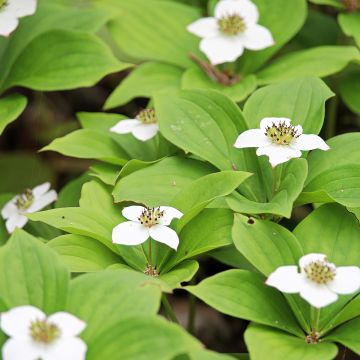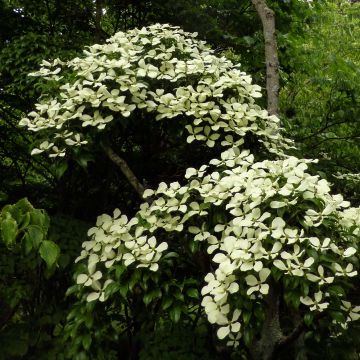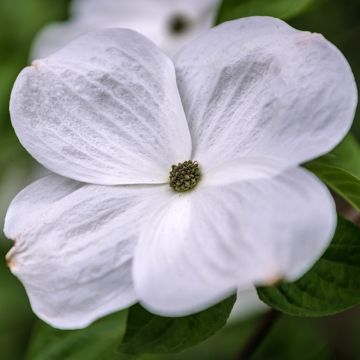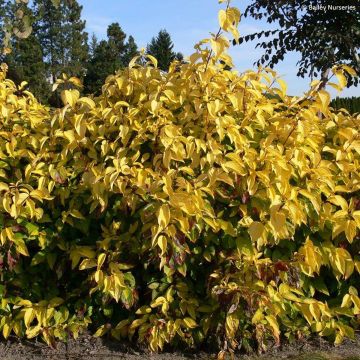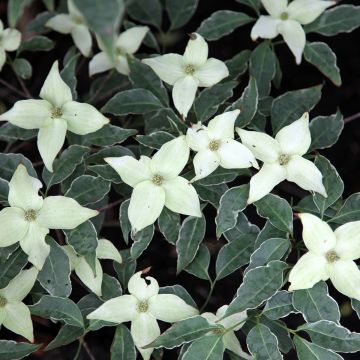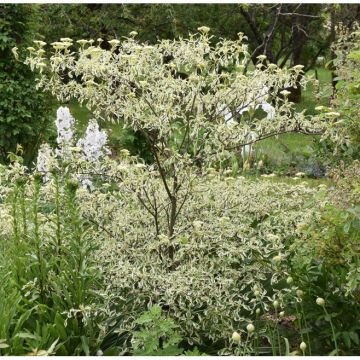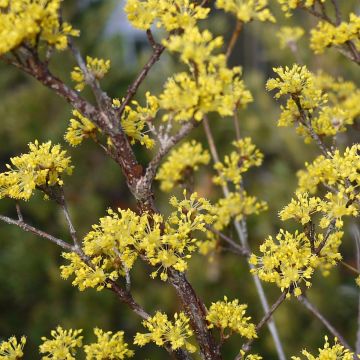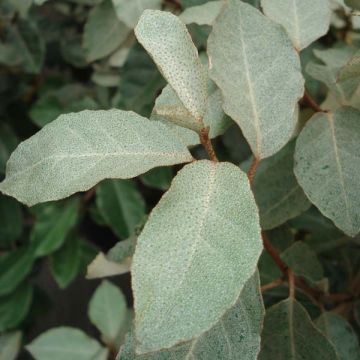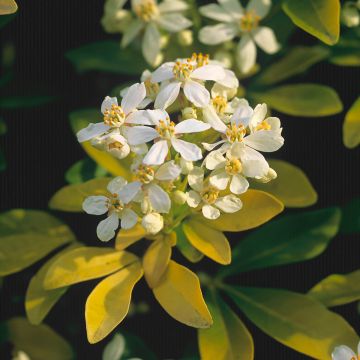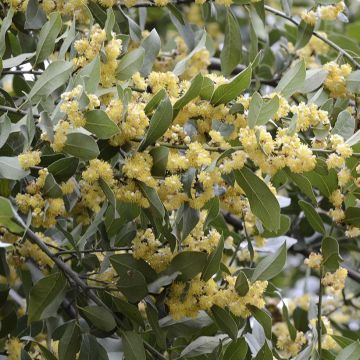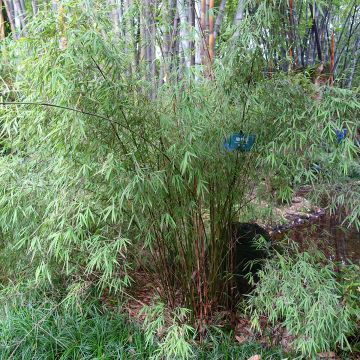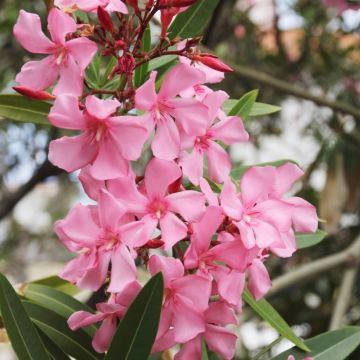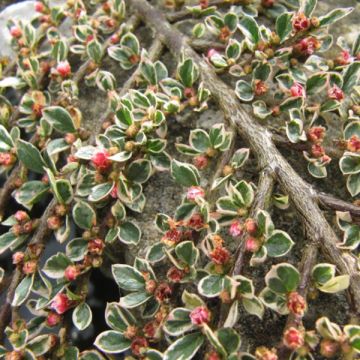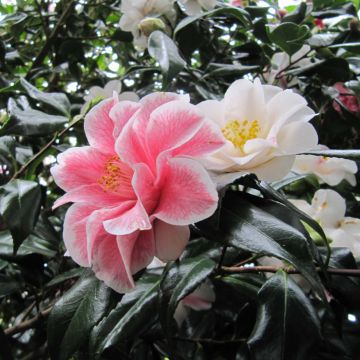

Cornus sericea Cardinal - Stoloniferous Dogwood


Cornus sericea Cardinal - Stoloniferous Dogwood


Cornus sericea Cardinal - Stoloniferous Dogwood


Cornus sericea Cardinal - Stoloniferous Dogwood
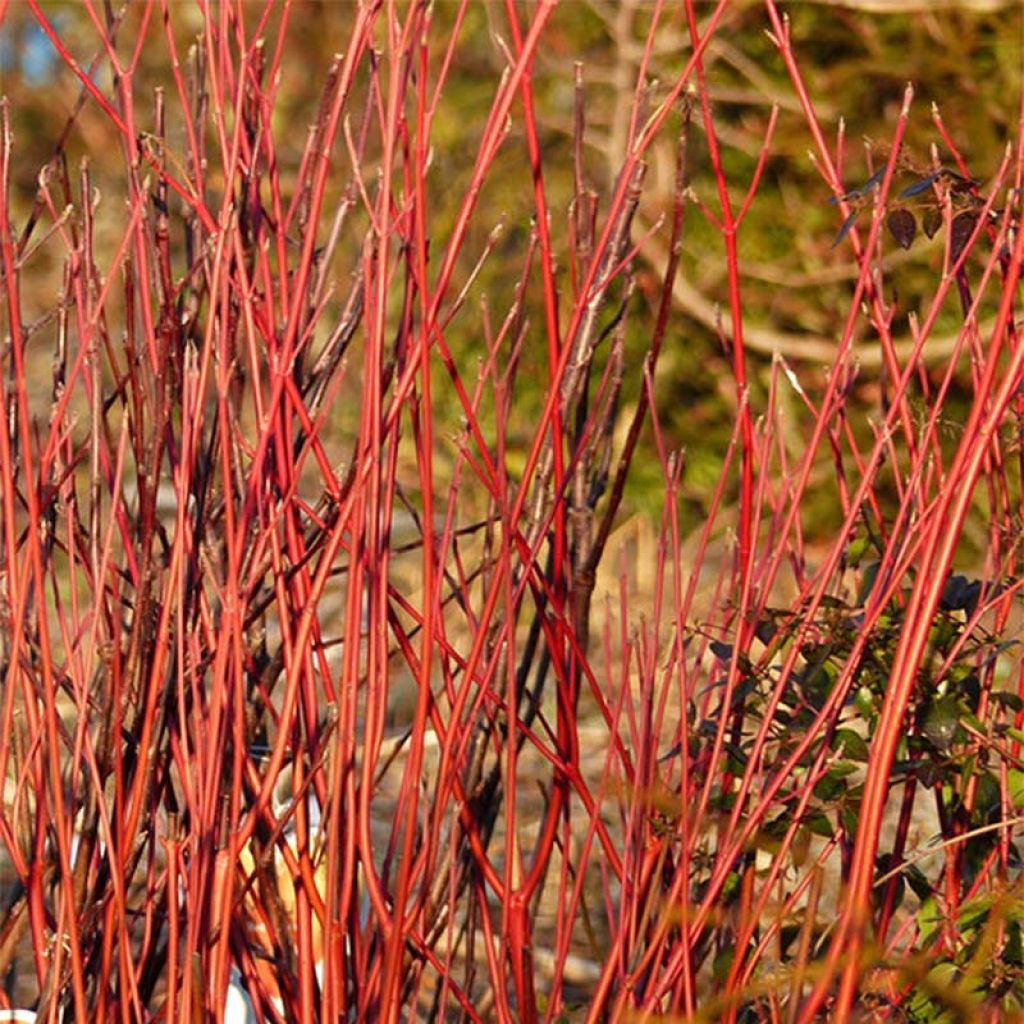

Cornus sericea Cardinal - Stoloniferous Dogwood
Cornus sericea Cardinal - Stoloniferous Dogwood
Cornus sericea Cardinal
Red Osier Dogwood, Stoloniferous Dogwood, American Dogwood, Red Willow, Redstem Dogwood, Redtwig Dogwood, Red-rood, Western Dogwood, Creek Dogwood, Red Dogwood
Planted this autumn. Beautiful raspberry-colored stems. Vibrant green with white flowering this spring. Growing well.
Nicolas, 27/04/2025
Special offer!
Receive a €20 voucher for any order over €90 (excluding delivery costs, credit notes, and plastic-free options)!
1- Add your favorite plants to your cart.
2- Once you have reached €90, confirm your order (you can even choose the delivery date!).
3- As soon as your order is shipped, you will receive an email containing your voucher code, valid for 3 months (90 days).
Your voucher is unique and can only be used once, for any order with a minimum value of €20, excluding delivery costs.
Can be combined with other current offers, non-divisible and non-refundable.
Home or relay delivery (depending on size and destination)
Schedule delivery date,
and select date in basket
This plant carries a 24 months recovery warranty
More information
We guarantee the quality of our plants for a full growing cycle, and will replace at our expense any plant that fails to recover under normal climatic and planting conditions.

Would this plant suit my garden?
Set up your Plantfit profile →
Description
Cornus sericea (or stolonifera) 'Cardinal' is one of those extremely hardy North American bushes accustomed to frozen soils that bring a touch of fantastic colour to a misty winter. With its rapid growth, it transforms into a large bundle of branches, the striking raspberry red of which is truly remarkable, especially when snow falls. Its deciduous foliage that turns red in autumn before falling is an additional asset, as are its small white-blue berries that follow its rather discreet spring flowering and delight birds. Stunning when planted alone or mixed with other varieties with coloured wood, this somewhat magical shrub also dazzles in front of a screen of conifers or evergreens with dark, golden, or purple foliage.
Cornus sericea belongs to the dogwood family, just like its Asian cousin, Cornus alba, with which it shares many characteristics. Native to eastern North America, from Alaska and Newfoundland to Virginia, this stoloniferous dogwood, also known as red osier dogwood, is extremely hardy but cannot tolerate heat or dry soils. In the wild, this species colonises wet banks and marshy areas by rapidly spreading through stolons.
The 'Cardinal' cultivar stands out for the unique colour of its wood in winter. The bush has a dense and spreading habit and reaches an average height of 2.5 m (8.2 ft) with a spread of 3-4 m (9.8-13.1 ft) if not restricted in its lateral development. It has opposite, ovate, lanceolate leaves, 5-10 cm (2-3.9 in) that are long and strongly veined, and which are initially green but turn purple to red in autumn. The young branches, yellow-green to acidic green, gradually turn reddish-orange before taking on their characteristic bright raspberry red hue. The flowers, which are not very visible, are flat-topped clusters of a white-yellowish colour, 3-5 cm (1.2-2 in) in diameter, giving way to white or bluish berries which are quite decorative but quickly disappear due to the appetite of birds.
Cornus sericea 'Cardinal' can be planted individually in a small garden or in the background of flower beds, in large groves in combination with other stoloniferous dogwoods such as 'Flaviramea', 'Kelsey Gold', 'Silver and Gold', or bloodtwig dogwoods or Florida dogwoods for a mix of colours. Its red branches warm up the dark green evergreen foliage and accompany the spring flowering of azaleas, pieris, and rhododendrons in acidic soil. Use it as a border for a free hedge mixed with laurustinus, choisya, nandina, or camellia. It is widely used to fill large slopes and create beautiful hedges in gardens. If your garden soil is occasionally waterlogged or poorly drained, this shrub will give you complete satisfaction, just like guelder roses, bald cypresses, or fringe trees.
Report an error about the product description
Cornus sericea Cardinal - Stoloniferous Dogwood in pictures
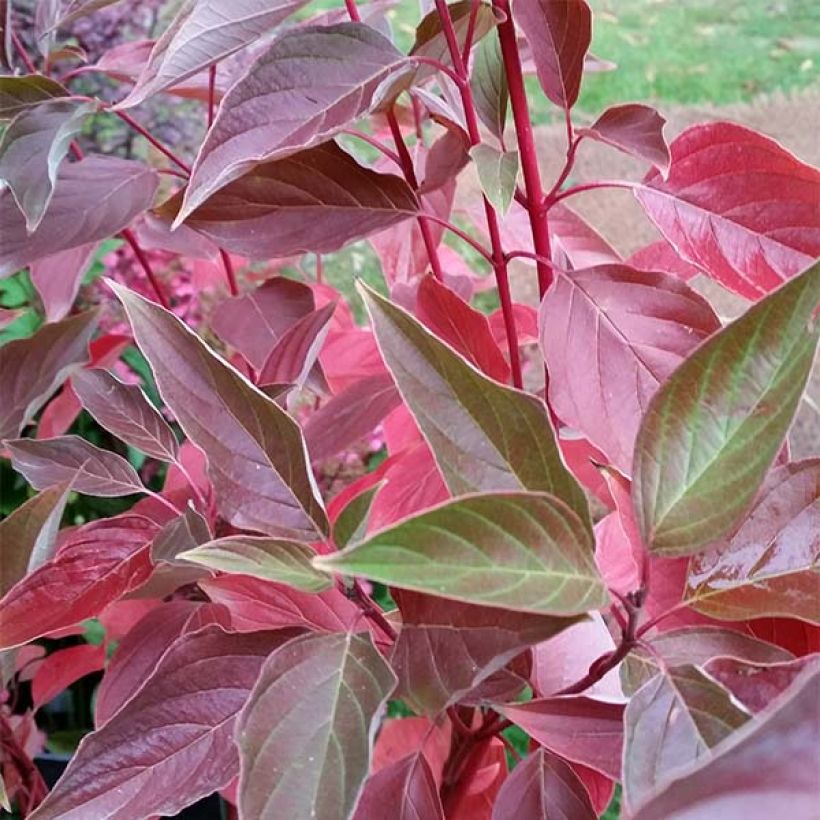

Plant habit
Flowering
Foliage
Botanical data
Cornus
sericea
Cardinal
Cornaceae
Red Osier Dogwood, Stoloniferous Dogwood, American Dogwood, Red Willow, Redstem Dogwood, Redtwig Dogwood, Red-rood, Western Dogwood, Creek Dogwood, Red Dogwood
Cultivar or hybrid
Other Cornus
View all →Planting and care
Cornus sericea 'Cardinal' is preferably planted between November and February, outside the freezing period, in a rich, moist, humus-rich or even clay, loamy, and rather acidic soil. It thrives in semi-shaded or lightly shaded areas, away from the burning rays of the sun. This shrub is not suitable for dry and hot climates. Water every 10 days in dry weather in spring and keep the soil constantly moist during the first summer. Fertilise after flowering with a rhododendron fertiliser. At the end of summer, the addition of potassium sulphate promotes and invigorates autumn colours. This shrub can be attacked by the cornus sawfly, whose larva resembles a caterpillar and which can be devastating when present in large numbers. To limit its width, it is necessary to remove the young suckers that emerge from the soil around the stump. Pruning the older branches allows the formation of young shoots that will be more fruitful and more brightly coloured.
Planting period
Intended location
Care
-
, onOrder confirmed
Reply from on Promesse de fleurs
Similar products
Haven't found what you were looking for?
Hardiness is the lowest winter temperature a plant can endure without suffering serious damage or even dying. However, hardiness is affected by location (a sheltered area, such as a patio), protection (winter cover) and soil type (hardiness is improved by well-drained soil).

Photo Sharing Terms & Conditions
In order to encourage gardeners to interact and share their experiences, Promesse de fleurs offers various media enabling content to be uploaded onto its Site - in particular via the ‘Photo sharing’ module.
The User agrees to refrain from:
- Posting any content that is illegal, prejudicial, insulting, racist, inciteful to hatred, revisionist, contrary to public decency, that infringes on privacy or on the privacy rights of third parties, in particular the publicity rights of persons and goods, intellectual property rights, or the right to privacy.
- Submitting content on behalf of a third party;
- Impersonate the identity of a third party and/or publish any personal information about a third party;
In general, the User undertakes to refrain from any unethical behaviour.
All Content (in particular text, comments, files, images, photos, videos, creative works, etc.), which may be subject to property or intellectual property rights, image or other private rights, shall remain the property of the User, subject to the limited rights granted by the terms of the licence granted by Promesse de fleurs as stated below. Users are at liberty to publish or not to publish such Content on the Site, notably via the ‘Photo Sharing’ facility, and accept that this Content shall be made public and freely accessible, notably on the Internet.
Users further acknowledge, undertake to have ,and guarantee that they hold all necessary rights and permissions to publish such material on the Site, in particular with regard to the legislation in force pertaining to any privacy, property, intellectual property, image, or contractual rights, or rights of any other nature. By publishing such Content on the Site, Users acknowledge accepting full liability as publishers of the Content within the meaning of the law, and grant Promesse de fleurs, free of charge, an inclusive, worldwide licence for the said Content for the entire duration of its publication, including all reproduction, representation, up/downloading, displaying, performing, transmission, and storage rights.
Users also grant permission for their name to be linked to the Content and accept that this link may not always be made available.
By engaging in posting material, Users consent to their Content becoming automatically accessible on the Internet, in particular on other sites and/or blogs and/or web pages of the Promesse de fleurs site, including in particular social pages and the Promesse de fleurs catalogue.
Users may secure the removal of entrusted content free of charge by issuing a simple request via our contact form.
The flowering period indicated on our website applies to countries and regions located in USDA zone 8 (France, the United Kingdom, Ireland, the Netherlands, etc.)
It will vary according to where you live:
- In zones 9 to 10 (Italy, Spain, Greece, etc.), flowering will occur about 2 to 4 weeks earlier.
- In zones 6 to 7 (Germany, Poland, Slovenia, and lower mountainous regions), flowering will be delayed by 2 to 3 weeks.
- In zone 5 (Central Europe, Scandinavia), blooming will be delayed by 3 to 5 weeks.
In temperate climates, pruning of spring-flowering shrubs (forsythia, spireas, etc.) should be done just after flowering.
Pruning of summer-flowering shrubs (Indian Lilac, Perovskia, etc.) can be done in winter or spring.
In cold regions as well as with frost-sensitive plants, avoid pruning too early when severe frosts may still occur.
The planting period indicated on our website applies to countries and regions located in USDA zone 8 (France, United Kingdom, Ireland, Netherlands).
It will vary according to where you live:
- In Mediterranean zones (Marseille, Madrid, Milan, etc.), autumn and winter are the best planting periods.
- In continental zones (Strasbourg, Munich, Vienna, etc.), delay planting by 2 to 3 weeks in spring and bring it forward by 2 to 4 weeks in autumn.
- In mountainous regions (the Alps, Pyrenees, Carpathians, etc.), it is best to plant in late spring (May-June) or late summer (August-September).
The harvesting period indicated on our website applies to countries and regions in USDA zone 8 (France, England, Ireland, the Netherlands).
In colder areas (Scandinavia, Poland, Austria...) fruit and vegetable harvests are likely to be delayed by 3-4 weeks.
In warmer areas (Italy, Spain, Greece, etc.), harvesting will probably take place earlier, depending on weather conditions.
The sowing periods indicated on our website apply to countries and regions within USDA Zone 8 (France, UK, Ireland, Netherlands).
In colder areas (Scandinavia, Poland, Austria...), delay any outdoor sowing by 3-4 weeks, or sow under glass.
In warmer climes (Italy, Spain, Greece, etc.), bring outdoor sowing forward by a few weeks.






























